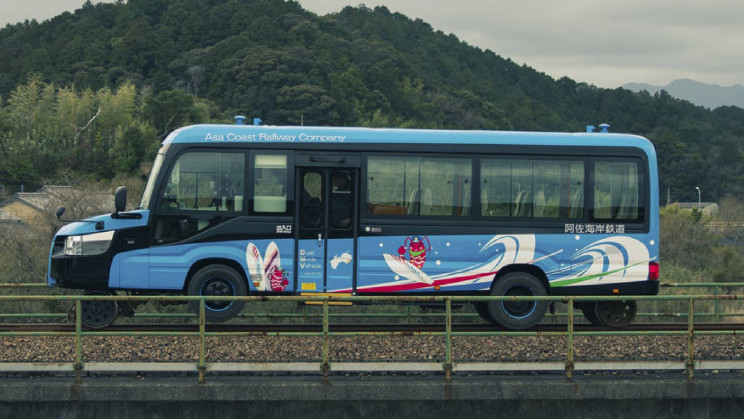Sustainability, biomimicry, biology, futurism, ecology, ecosystems: these terms have recently begun to have more weight in public discourse signaling a change in questions being asked and thinking about how humans should live on and interact with the Earth.
Crises abound around the world, many related to farming, food and water. For example, untreated human waste is reportedly used by 200 million farmers to irrigate and fertilize farm land to produce vegetables and grains for human consumption. The primary reason farmers resort to these methods is the shortage of fresh water and high fertilizer costs. Unfortunately this process involves health risks reportedly leading to 2.2 million deaths worldwide a year from intestinal illnesses; allowing people to starve to death is not an alternative either.
According the International Waste Management Institute (IWMI) scientists are now looking into the potential of converting human waste safely into fertilizer and energy but it is complicated because it involves completely changing our philosophy of agriculture. Instead of “high yields” at whatever cost and “protecting” the earth from the “negative externalities” of this process, scientists are now considering re-designing our lives and activities to enhance the planet’s resources.
A Paradigm Shift in Agriculture
Ten years ago William McDonough and Michael Braungart, wrote a critically acclaimed ecological manifesto “Cradle to Cradle: Remaking the Way We Make Things” arguing for a transition from a “Cradle to Grave” manufacturing process. Our current approach wastes up to 90% of materials it uses, damages the environment and is full of jargon like: toxicity, waste management, and pollution abatement. A “Cradle to Cradle” approach is a paradigm that seeks to mimic in human manufacturing processes seen in the natural world and adding to the earth’s store of energy and resources.
To illustrate, imagine a tree producing thousands of blossoms in order to create just one tree. The natural process of making one tree creates a lot of extra blossoms that end up as nutrients for other living things. This is called “upcycling” resources. “Waste products” become “nutrients” supporting life.
According to the authors, after a product’s useful life, it should either provide nourishment as a “biological nutrient” or safely re-enter the ecosystem as a natural element, not as waste. A simple example is ubiquitous plastic bags and bottles which could be made of biodegradable materials. Plastic is a waste product that pollutes the environment for thousands of years; biodegradable plastic reenters the environment as a beneficial nutrient. Housing can also be “upcycled.”
In their new book “The Upcycle: Beyond Sustainability – Designing for Abundance” the authors look at questions of resource scarcity and sustainable human activities as a matter of design. They also build on their previous work with a decade worth of experiences in redesigning products and manufacturing processes across the world that meet these new criteria of sustainability.
Cradle to Cradle Means No Waste in the Life Cycle of a Product
Old Agricultural Paradigm Costly, Wasteful and Devastating to Life
Current farming techniques expend the earth’s natural resources without “giving back.” In the past 200 years, the United States has depleted 75 percent of its topsoil due to “modern” agricultural techniques such as monoculture, overtilling and salinization of soil due to over-watering. The yearly loss of topsoil in the United States alone continues at an estimated $150 billion annually.
Not only is soil being lost but its richness is being depleted. Farmers have swallowed “big agriculture’s” methodologies hook, line and sinker. Farmers must buy seeds and herbicides from large corporations that have the effect of depleting essential nutrients such as phosphate.
What is Upcycling?
Battery as a Metaphor for the New Paradigm
Batteries do not store electricity but contain what is needed for an electromagnetic reaction which when engaged creates electricity. The battery contains an anode, a cathode and electrons flowing between them to create an electrical current. When a battery is out of energy it must be recharged and this process moves the electrons from the cathode back to the anode where the process can start again.
The metaphor of the battery illustrates limitations of the current agricultural paradigm. Use the battery and throw it away, thus polluting the environment. The new paradigm is to see the Earth as a battery that needs to be continually recharged through a “Virtuous Cycle” as described above.
Photosynthesis Versus Burning Fossil Fuels
Photosynthesis is an electromagnetic reaction that liberates electrons from water and turns carbon dioxide into organic compounds; burning of fossil fuels does nothing more than releasing pollutants into the air.
The books mentioned above were manufactured with non-toxic biodegradable materials using the highest standards available at the time; when the books are returned to the soil, they will become nutrients for new life!






